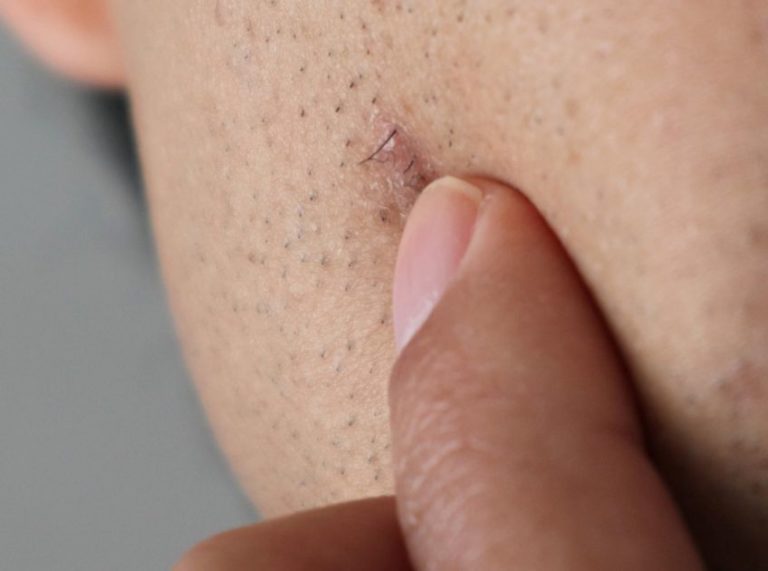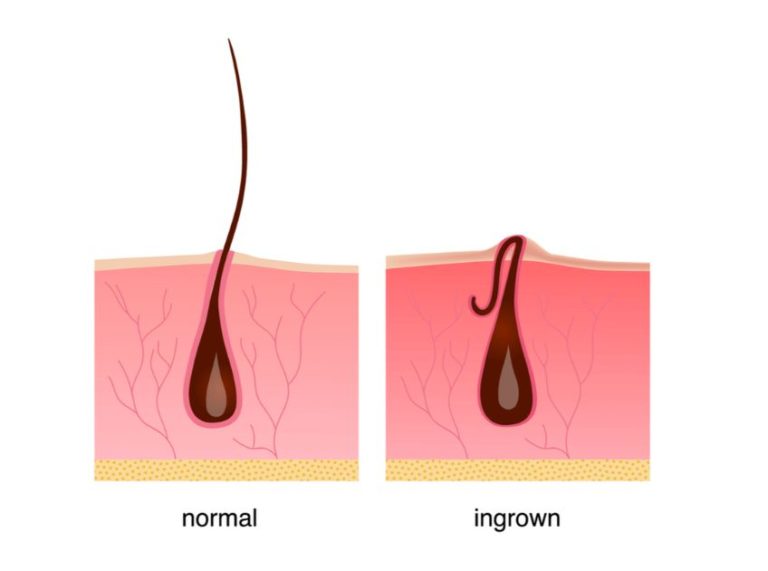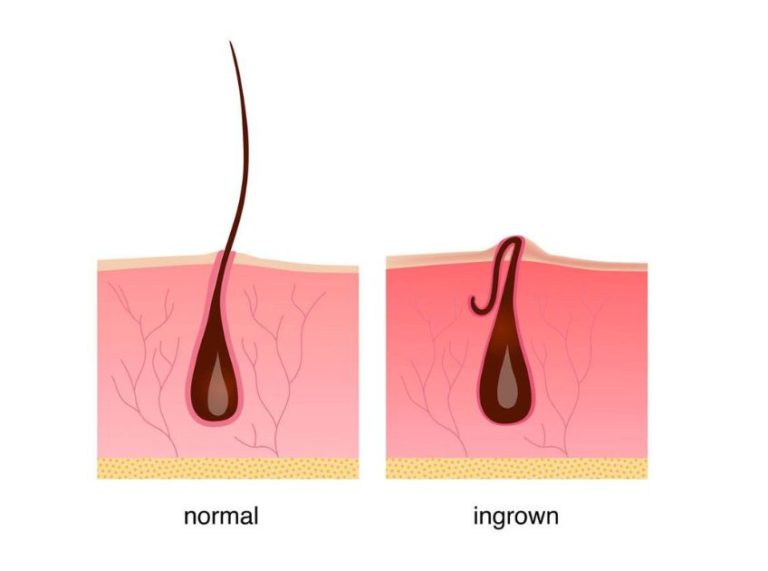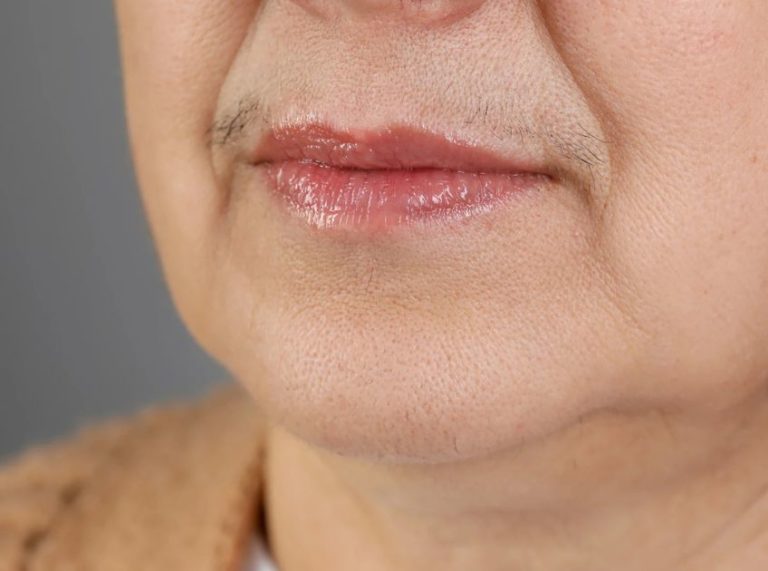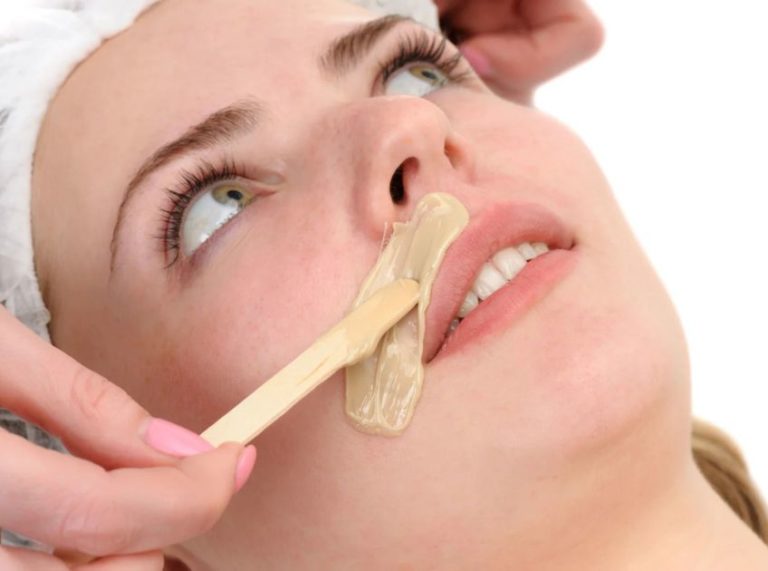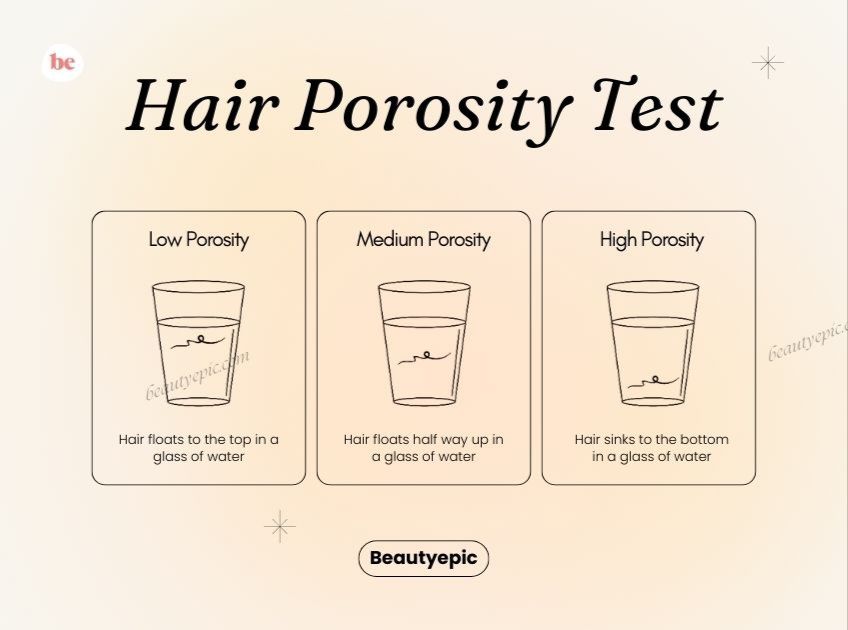
Important: This article is for informational purposes only. Please read our full disclaimer for more details.
If your hair products aren’t working the way you expect, the issue might not be the products — it could be your hair’s porosity. Hair porosity refers to how well your strands absorb and retain moisture, and it plays a huge role in determining which hair care routine will work best for you.
Studies published in the Journal of Cosmetic Science have shown that the hair cuticle’s structure — whether it’s smooth, raised, or damaged — directly impacts how water and oils interact with your hair (1) (2). By understanding your porosity type, you can select products and techniques that promote healthier, shinier, and more manageable hair.
What Is Hair Porosity?
Hair porosity is essentially the hair’s ability to absorb and retain moisture. It’s determined by the condition of the cuticle layer — the outermost part of the hair shaft.
A tight, smooth cuticle means moisture has a harder time entering, but also doesn’t escape easily.
A raised or damaged cuticle allows moisture to enter quickly but also lets it escape just as fast (3).
Why Does Hair Porosity Vary?
Your hair’s porosity can be influenced by:
- Genetics: Some people are naturally born with more tightly sealed or more open cuticles.
- Chemical Treatments: Bleaching, coloring, and relaxing often raise the cuticle, increasing porosity.
- Heat Styling: Frequent high-heat use can weaken the cuticle’s integrity.
- Environmental Factors: Sun exposure, wind, and hard water can slowly change porosity over time.
How to Test Your Hair Porosity
The Float Test (Quick and Easy)
- Take a clean strand of hair (free from products) and drop it into a glass of room-temperature water.
- Wait 2–4 minutes.
- If it floats on top → Low porosity
- If it sinks slowly → Medium porosity
- If it sinks quickly → High porosity
The Slip and Slide Test
- Take a strand of hair between your fingers.
- Gently slide your fingers upward toward the scalp.
- Smooth → Low porosity
- Slight bumpiness → Medium porosity
- Very rough → High porosity
The Spray Bottle Test
- Spray water lightly onto a section of dry hair.
- Beads up and sits on the surface → Low porosity
- Slowly absorbs → Medium porosity
- Instantly soaks in → High porosity
Low Porosity Hair: Resistant but Resilient
Low porosity hair has a tightly closed cuticle that resists water and products. While this makes it less prone to damage, it can also lead to product buildup.
Care Tips
- Use lightweight, water-based products.
- Apply heat (like a warm towel) when deep conditioning to help the cuticle open.
- Avoid heavy oils that just sit on top of the hair.
Medium Porosity Hair: The Balanced Beauty
Medium porosity hair absorbs and retains moisture well without too much maintenance. This type is the easiest to manage and style.
Care Tips
- Maintain with regular conditioning and occasional protein treatments.
- Avoid excessive heat or chemical treatments to preserve its balance.
High Porosity Hair: Thirsty but Fragile
High porosity hair has gaps or lifted cuticles, allowing moisture to enter quickly but escape just as fast. This is often caused by bleaching, coloring, or heat damage.
Care Tips
- Use heavier creams and oils to lock in moisture.
- Incorporate protein treatments to strengthen the hair shaft.
- Always seal hair after applying moisture to prevent rapid drying.
Can You Change Your Hair Porosity?
You can’t change your natural porosity, but you can improve damaged, high porosity by repairing and smoothing the cuticle. Using bond-repair treatments, protein masks, and protective styling can help restore a healthier porosity level over time.
Frequently Asked Questions (FAQ’S)
Q1: How often should I test my hair porosity?
A. Every 3–6 months or after major hair changes like coloring, bleaching, or starting a new hair routine.
Q2: Is porosity the same as hair type or texture?
A. No. Porosity is about moisture absorption, while hair type and texture refer to curl pattern and thickness.
Q3: Can diet or supplements affect porosity?
A. Indirectly. Proper nutrition supports overall hair health, which can help maintain the integrity of the cuticle, but it won’t drastically change natural porosity.
Hair porosity testing is quick, easy, and incredibly useful for tailoring your hair care routine. Whether you have low, medium, or high porosity, understanding your hair’s unique moisture needs will help you choose the right products and treatments, leading to softer, shinier, and healthier strands over time.
